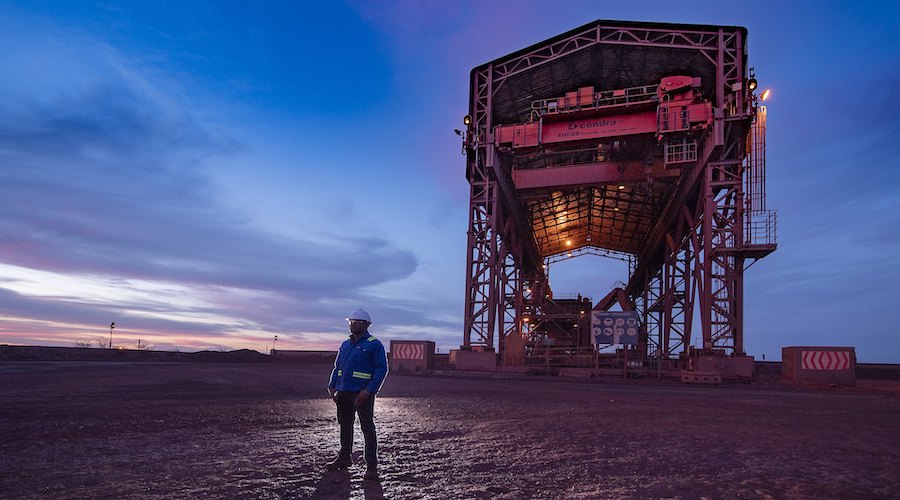The partners will also focus on investigating the use of Anglo’s iron ore in the more carbon-efficient direct reduction (DRI) steelmaking method.
DRI is estimated to generate significantly lower emissions than the more common steelmaking routes of blast furnaces and basic oxygen furnaces.
Anglo American, which supplies coking coal and iron ore to steel customers around the world, aims to reduce Scope 3 emissions by 50% across its operations by 2040.
Nippon Steel announced last year that it had launched a series of initiatives to achieve carbon neutrality by 2050. He also expects to have a direct hydrogen reduction steelmaking process by then.
The steelmaking process involves adding coking coal to iron ore to make the alloy, making this industry one of the biggest polluters in the world.
“Working together, we can drive towards system-level decarbonisation and pave the way for a sustainable steel industry,” Peter Whitcutt, chief marketing officer of Anglo American said in the statement.
“Working with our customers is one of the cornerstones of our efforts to reduce emissions across our entire value chain – the majority of which are associated with the downstream use of our products in the steel industry,” noted Whitcutt.
The relationship between Nippon and Anglo spans more than five decades, which bodes well for this attempt to further combine the groups’ expertise.
Anglo American has signed similar agreements with other steel producers, including Germany’s Salzgitter Flachstahl.
The partners are looking for feed materials, including iron ore pellets and lump iron ores, that may be suitable for use in DRI steelmaking using natural gas and hydrogen.
Wood Mackenzie estimates carbon emissions from the steel industry will drop 30% by 2050 from 2021 levels.

